Addressing Functional Issues and Elevating Product Quality
In AC1.2, we had successfully resolved core issues, but to maintain our competitiveness in the market, we embarked on a revolutionary upgrade, resulting in AC1.6. Following AC1.2, our team grew with the addition of more professional personnel in production, structure, and management. AC1.6 is what you now know as Aimicat Pro. Apart from addressing visible concerns, we made significant qualitative leaps in terms of quality control and stability.
In both the 4300 series and AC1.2 devices, we employed TOF technology to detect the position of cats. While this technology offers precision down to the millimeter, it demands high environmental stability. We conducted individual tests for TOF sensors to withstand cat litter dust. However, when we added transparent covers, the dust adhered to them, accumulating to a point where TOF sensors failed. Observing that LR4 also faced challenges with dust interference while using TOF to detect cats and feces, they soon released a guide on how to wipe off dust with a cloth. Similarly, TOF sensors inside the waste compartment faced issues as ammonia gas from feces could corrode circuit boards. We pioneered the use of millimeter-wave sensors to detect cats, which involved initial struggles in calibration. After our skilled technical team intervened and six months of extensive testing, we achieved an ideal state. For the litter compartment sensor, we employed a stable dual-beam infrared solution and applied a layer of UV glue on PCB boards to protect components from ammonia corrosion.
We also focused on enhancing user experience. We introduced the Aimicat App, an intelligent litter-scooping application that allows cat owners to monitor their pets remotely. Even when away from home, users can monitor their cat's litter box usage, replenish litter promptly, and avoid the odor and cleaning difficulties associated with traditional litter boxes. Additionally, the app provides information about the lifespan of various components, ensuring that users can stay informed about their cat's well-being, even while traveling, and keep track of the device's status.
Silicone bowls could stick to cat excrement, making them challenging to clean. Over time, silicone bowls would become quite dirty. Furthermore, silicone bowls were relatively soft and lacked tear resistance. A small tear could lead to complete breakage. To address this, we introduced fabric bowls as a replacement. Fabric bowls are easy to replace and, in the development process, underwent extensive testing and verification. Our focus was primarily on waterproofing and ease of disassembly and assembly. The inspiration came from reflective fabric, which highlighted the convenience brought by elastic bands. We also added a layer of PU coating to the bottom of the fabric bowls. After a period of testing, this essentially achieved the desired effect. However, there was a defect: after about two months of use, cat urine could seep in, causing the fabric to adhere to excrement. Consequently, we developed a more waterproof fabric, building upon single-sided fabric. This involved additional research and testing. Eventually, we succeeded in creating highly waterproof fabric. Our waterproof fabric demonstrated no adhesion or seepage even after two months of testing, simulating nearly a year of actual usage. For a disposable fabric bowl, this was a significant achievement.
We also upgraded the filter to be compatible with a wider range of cat litters. Initially, our AC1.2 devices could only use clumping clay litter, which posed difficulties in meeting diverse user needs. Since various types of cat litter are available on the market, we began modifying and testing. Fortunately, this adjustment was relatively straightforward, and we quickly found suitable dimensions to accommodate most cat litters on the market. We also promptly modified the molds, ensuring that all subsequent AIMICAT devices were compatible with all clumping cat litters.
In response to customer feedback, we enhanced the support legs by adding anti-misplacement structures. In AC1.2, the support legs lacked anti-misplacement design, resulting in customers inadvertently inserting them incorrectly, making the machine unstable. Therefore, we made modifications by incorporating reinforcing ribs with structural limits, preventing users from inserting them incorrectly, ensuring a more user-friendly experience. We acknowledge that these details should have been considered in our initial design, but our past focus had primarily been on production and large-scale delivery. We are committed to continuous improvement in these aspects.
Additionally, we made smaller improvements. We replaced the bottom of the support legs with more effective adhesives. The modified adhesive pads were primarily intended to elevate the front legs, reducing the incline angle, allowing for the addition of some litter, accommodating larger cats, and preventing tipping over, all without compromising slip resistance.
Conclusion:
The research and development team made significant strides in various fields, including millimeter-wave technology, shooting tubes, anti-misplacement mechanisms, and fabric bowls, receiving accolades in the market. These technological upgrades and innovations not only enhanced product performance and quality but also opened doors to new application areas and market demands. The upgraded millimeter-wave technology, in particular, offers faster and more stable wireless communication, suitable for various high-end communication applications. Improvements in shooting tubes resulted in enhanced transmission power and control precision, providing better solutions for various radio control and communication systems. Enhancements in anti-misplacement mechanisms and fabric bowls further improved equipment stability and durability, reducing the risk of malfunctions and damage, and providing users with more reliable products and services. These achievements underscore the strength and innovation capacity of our research team and contribute positively to the development of related fields. Aimicat's continuous efforts and exploration will continue to drive technological advancements and application development in relevant areas, making greater contributions to the development of both human and feline societies.

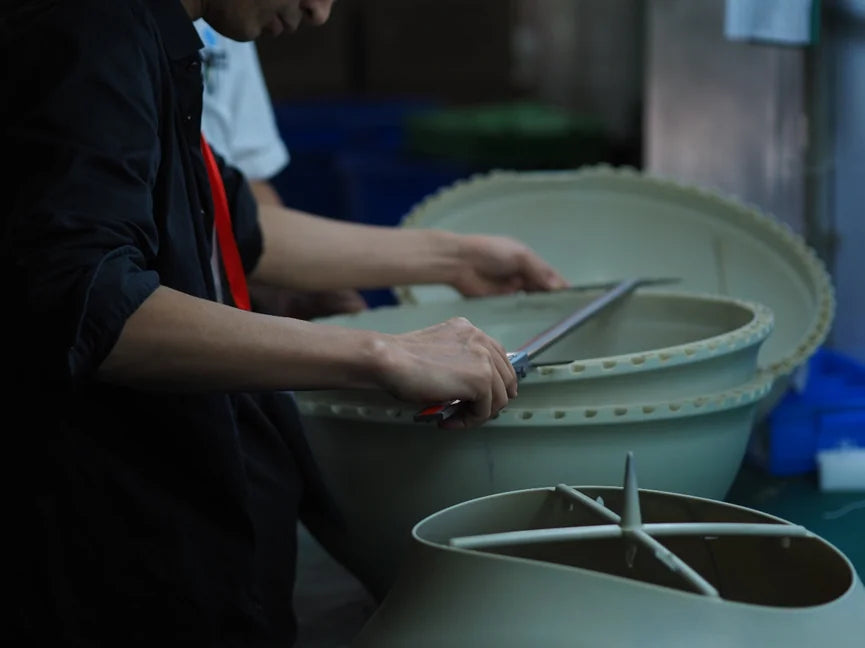

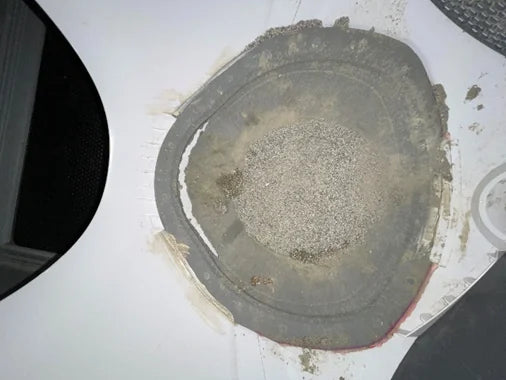
Leave a comment
All comments are moderated before being published.
This site is protected by hCaptcha and the hCaptcha Privacy Policy and Terms of Service apply.